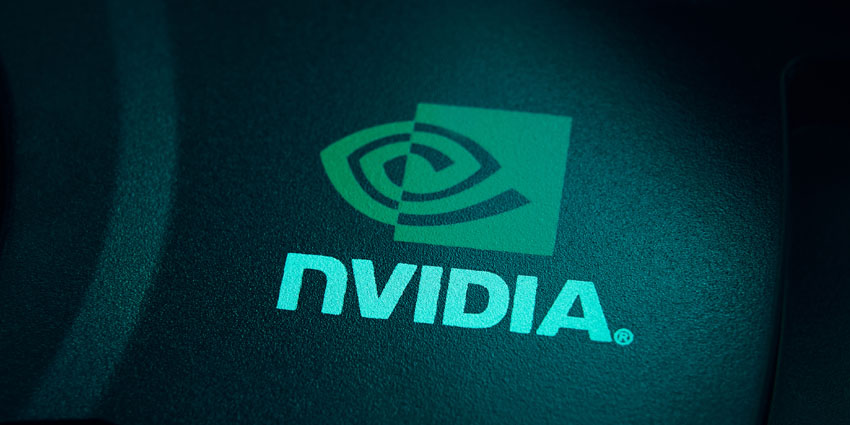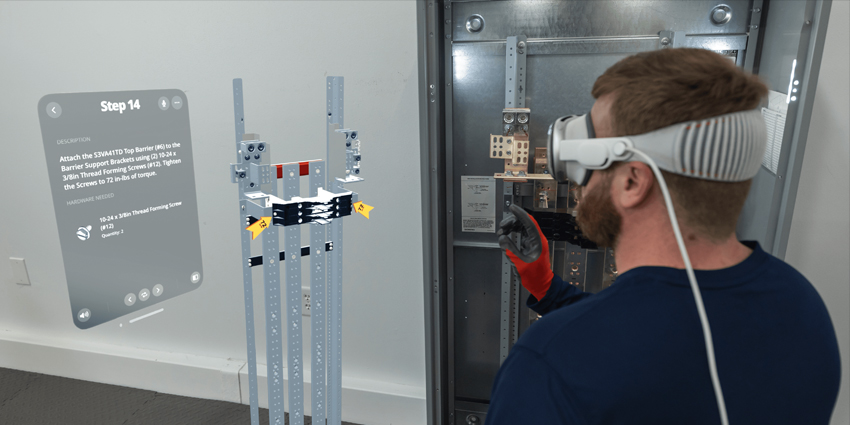Researchers have found new methods to detect 3D spatial lighting, shapes, and reflections for 3D content creation using a novel rendering process, it was revealed in a recent report.
Academics and researchers from the University of Toronto, the Vector Institute, and US tech giant NVIDIA proposed in a report in mid-September a new Volumetric Spherical Gaussian representation, or voxel unit, for lighting to boost performance of rendering estimations compared to current methods.
The groups, along with researchers Zian Wang, Jonah Philion, Sanja Fidler, and Jan Kautz, wrote,
“To address this issue, we propose to use Volumetric Spherical Gaussian (VSG) to represent the surface radiance exitant from the full scene, including both visible surfaces and surfaces outside the FoV. Illumination at any spatial location and viewing angle can then be rendered using standard volume rendering techniques”
The new framework would incorporate depth, albedo, or light reflected by surfaces, high dynamic range (HDR) lighting, and normals to achieve such results, the report found, adding the new representation method would significantly increase prediction and handling efficiency for high-frequency details.
Such new tools revealed promising results for the future of modelling in augmented reality (AR) applications, namely with single low dynamic range (LDR) images.
Traditional methods use image-to-image, 2D objects to predict 3D lighting and behaviours of objects, leading to insufficient representation models.
The research comes amid a major push from the Santa Clara-based firm to develop the Metaverse with fresh solutions, which was announced at the SIGGRAPH 2021 event in August.
NVIDIA aims to build Omniverses to host “exchanges, market economics, and other things in the virtual world,” as a platform to unite brands, engineers, and enterprises under a single virtual space.
The tech giant also plans to port it’s Blender user base to the Omniverse, which includes nearly 500 tech firms investing in the technology, to boost the NVIDIA’s position as a key Metaverse developer.







